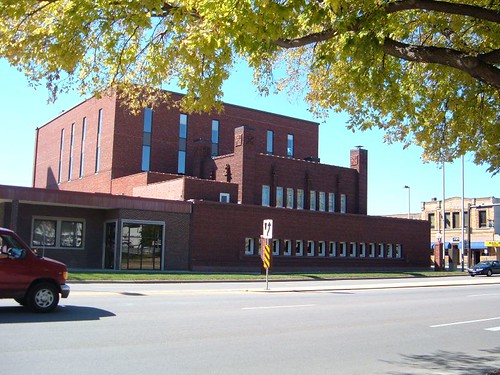
The basic plan is: more walls. Build huge, expensive, land-devouring, building-obliterating levees, then hope and pray that they hold up as floods grow increasingly large and devastating, thanks primarily to these self-same levees which have hemmed in rivers from their natural flood plains.
The first commenter on the Skyline blog has it right: it is farmland, not cities, which should be sacrificed when the waters rise. It would be far easier to compensate farmers for crop loss (and preemptively provide them with the means to ensure their livestock, equipment and homes can survive such floods) than to repeatedly rebuild hundreds of flooded buildings in urban areas. The way to "control" floods is to allow them onto their natural flood plains, not to attempt to contain them within ever-higher walls which just pass the problem on downstream.
An online petition is collecting signatures from people opposed to the plan; you can view and sign it here.
2 comments:
The driving force behind floodplain policy is not the farmers as much as the food processing industry that relies so heavily on corn and soy to make everything from cola to hamburgers. If farmland would be allowed to flood frequently, our dependence on processed corn and soy elements might be threatened. Wouldn't want people to eat better...
sometimes the world should just sit back and take stock of what is about to do. Unfortunately money rules the world and emotions fall way short.
Post a Comment